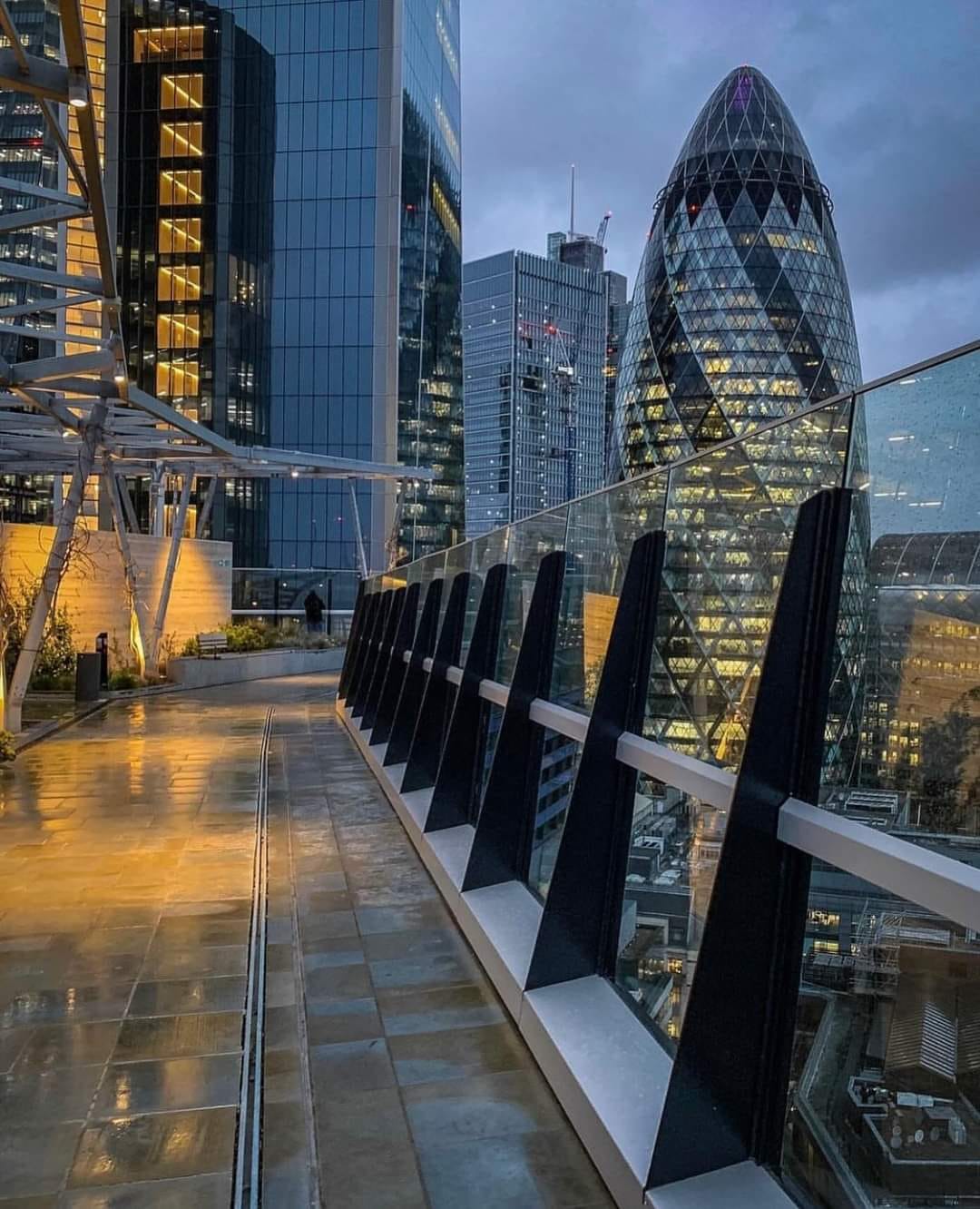Events
| Name | organizer | Where |
|---|---|---|
| MBCC “Doing Business with Mongolia seminar and Christmas Receptiom” Dec 10. 2024 London UK | MBCCI | London UK Goodman LLC |
NEWS
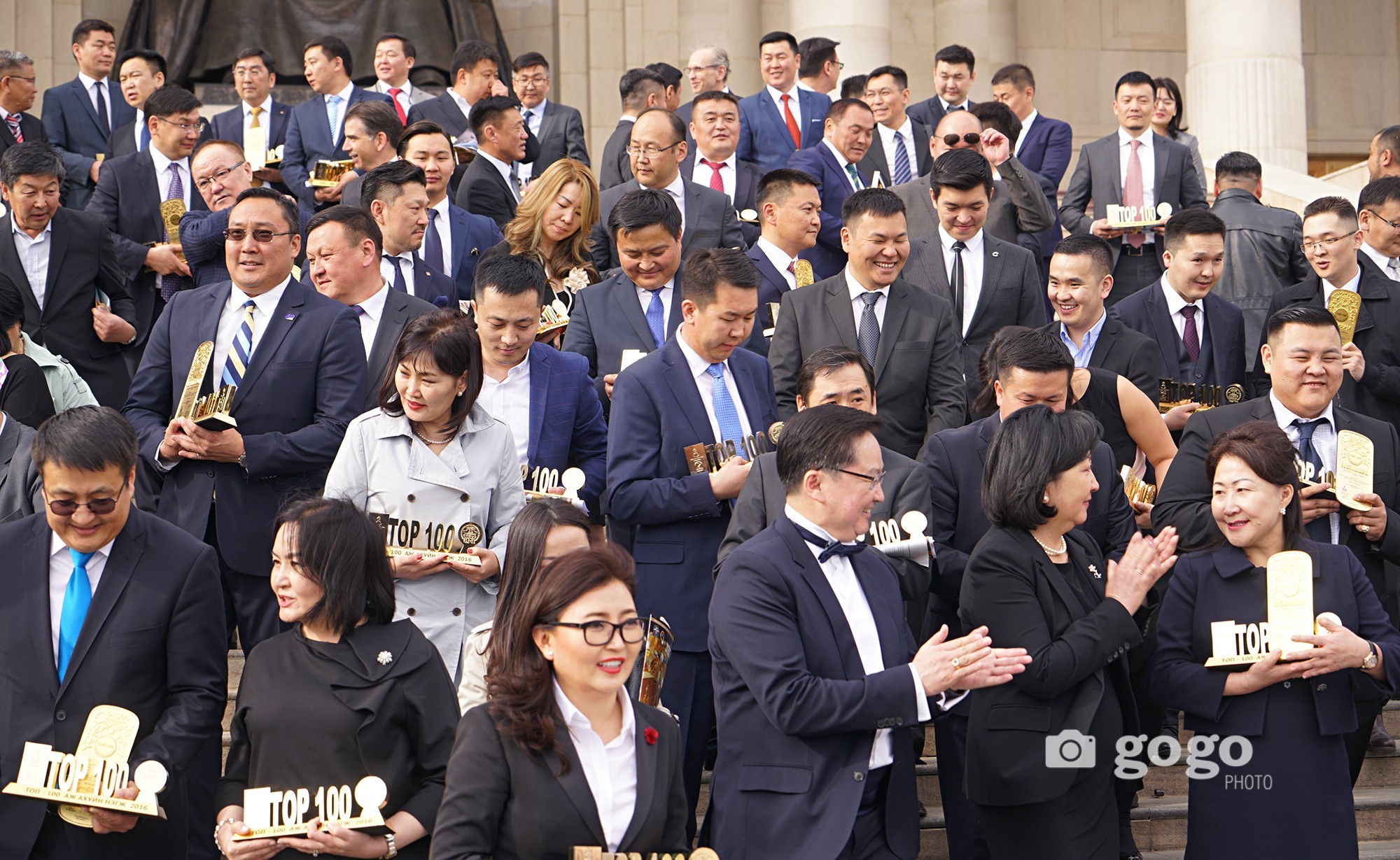
Entrepreneur 2019 selects top national entities www.montsame.mn
Ulaanbaatar/MONTSAME/ Promoting top entities and businesspeople who contribute to the national economy, the Entrepreneur Ceremony took place on December 20, 2019 for the 23rd year organized by the Mongolian National Chamber of Commerce and Industry (MNCCI).
The top entities that immensely contributed to the Mongolian economy were selected in recognition of their annual business achievement, profits, social responsibility, employment, export and others. This year’s Entrepreneur Grand Prix went to ‘Erdenet’ State-owned Enterprise. This year’s Top-10 entities were Oyu Tolgoi LLC, ‘Energy Resource’ LLC, Nomin Holding LLC, TESO Corporation, Suu JSC, MCS Coca Cola LLC, Monos Group, Khanbogd Cashmere LLC and Uguuj Chikher Boov LLC.
Moreover, the Trophies were awarded to companies in 26 nominations including national producer-entrepreneur, excellence in governance, exporter-entrepreneur as well as others.
Present at the ceremony were MP and Minister of Foreign Affairs D.Tsogtbaatar, Minister of Environment and Tourism N.Tserenbat, Minister of Food, Agriculture and Light Industry Ch.Ulaan and Minister of Mining and Heavy Industry D.Sumiyabazar, who presented the awards to the top entities.
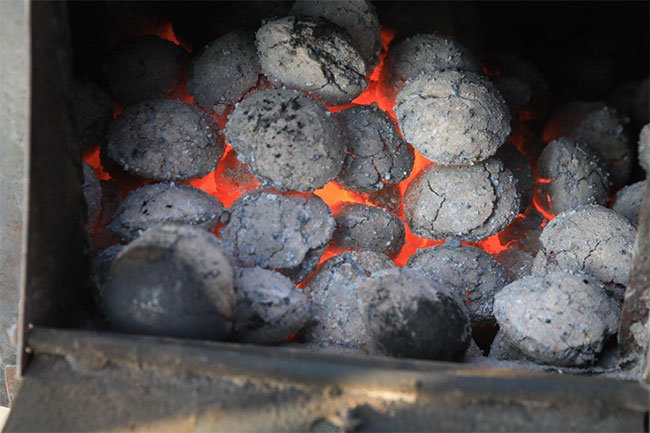
Coal ash to be recycled www.montsame.mn
Ulaanbaatar /MONTSAME/ A working group is exploring possibilities of recycling ash produced by burning of the refined coal as a survey showed 168 thousand tons of ash could be annually generated in 202 thousand households in the capital city. In collaboration with the Building Material Manufacturers’ Association of Mongolia, the working group tested productions of paver blocks and eco blocks.
The project is planned to be implemented partially for one to two ger sub-districts in each district and ash handling and transport activities will be carried out. The ash will be collected and transported once or twice every two weeks.
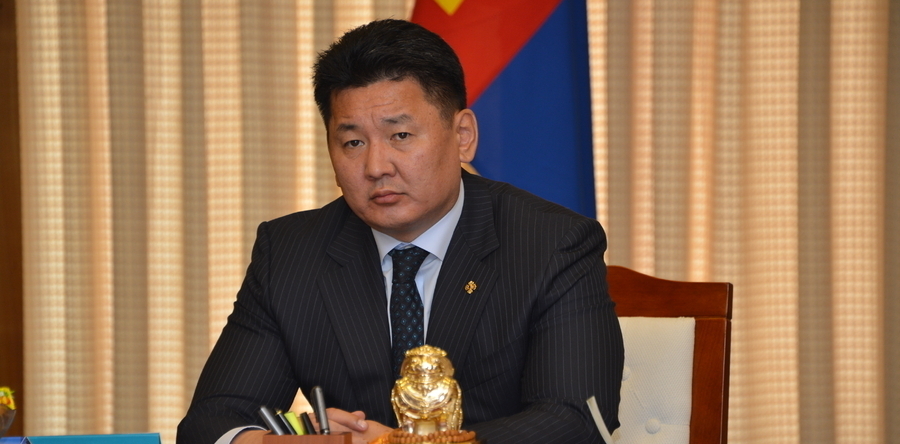
Mongolian PM U.Khurelsukh’s rating falls www.news.mn
The ‘Mongolian Poll’ Research Centre has conducted its politicians’ barometer survey between 2018 and 2019. The center has been conducting its politicians’ barometer survey monthly since 2013.
According to the results, the ratings of some politicians fell continuously during the period; these include S.Amarsaikhan, Mayor of Ulaanbaatar, MP J.Enkhbayar and Prime Minister U.Khurelsukh.
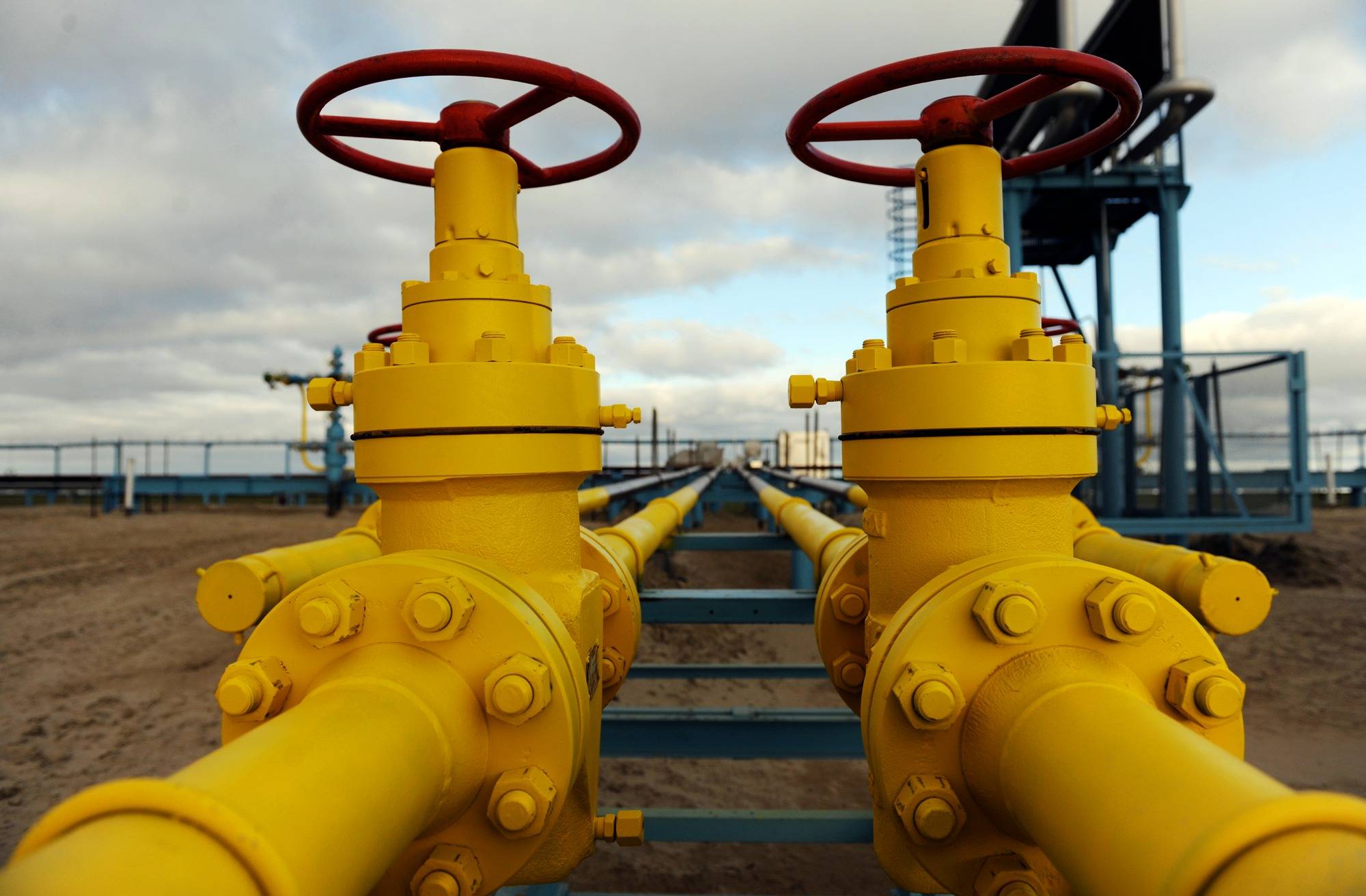
China, Russia Pursue Mongolia Gas Project www.rfa.org
Less than a week after opening its first natural gas pipeline to China, Russia has mounted a new push for a second route through Mongolia to replace earlier plans for a line through Xinjiang.
On Dec. 5, Russia and Mongolia signed a memorandum of understanding (MoU) on a joint assessment for a feasibility study to pipe Russian gas through Mongolia to China, reports from the three countries said.
Although the steps are preliminary, they have received high-level attention with a commitment to an accelerated time frame.
The MoU followed meetings in Russia between President Vladimir Putin, Prime Minister Dmitry Medvedev, and Mongolian Prime Minister Ukhnaagiin Khurelsukh.
The document was signed by Ulziisaikhan Enkhtuvshin, Mongolia's deputy prime minister, and Alexei Miller, CEO of Russian monopoly Gazprom, M2 Presswire reported.
The feasibility of the new route will be determined by experts from the three countries within six months, Russian Deputy Prime Minister Alexei Gordeyev said.
"The deadline is tight," said Gordeyev, according to the Itar-Tass news agency.
"The schedule... is to calculate within half a year and send the proposals to the countries' presidents," Interfax quoted him as saying.
The cross-border route plan was previously discussed by Presidents Putin and Khaltmaagiin Battulga in September during a meeting in the Mongolian capital Ulaanbaatar, said Russia's Sputnik News.
Following those talks, Putin tasked Miller with considering the option of supplying China with yet-to-be-developed Siberian resources from the Irkutsk and Yamal regions on a western route through Mongolia.
"I know the route there isn't easy, but a preliminary consideration of this matter showed that it's absolutely realistic, and our Chinese partners tend to agree," Putin said, according to Interfax. "I ask that you study this issue and report to me."
An accelerated push
The latest movement on the Mongolian option comes just days after Russia opened its massive 3,000-kilometer (1,864-mile) Power of Siberia pipeline, known as the eastern route, on Dec. 2 to supply gas to northeast China and as far south as Shanghai.
The Power of Siberia route is expected to pump 5 billion cubic meters (176.5 billion cubic feet) of gas into China in 2020 and reach full capacity of 38 billion cubic meters (bcm) annually by 2025.
Russia's accelerated push for the Mongolian route represents a doubling down on China's economic growth despite recent "headwinds," relying on its plans to shift more of its energy consumption to cleaner but more costly gas from cheap but high-polluting domestic coal.
But perhaps equally significant is that Russia's embrace of the Mongolian plan appears to spell the end of its earlier drive for a direct western route on a narrow corridor into China through Xinjiang after failing to sell Beijing on the idea for the past 14 years.
Long before starting the Power of Siberia project or considering Mongolia as a second route choice, Putin and Miller argued that it would be quicker, shorter, and cheaper to build a high-altitude pipeline across the remote Altai Mountains, mainly because it would use Russian resources already developed in Western Siberia.
Never mind that the Altai route would pass through a nature reserve and a UNESCO World Heritage Site at an elevation of 2,650 meters (8,690 feet).
Russia also turned a deaf ear to China's arguments that Xinjiang was already well supplied with petroleum resources, as well as pipelines from Central Asia.
For nearly a decade before the Power of Siberia project started in 2014, the Altai route remained Russia's first choice to supply China with 30 bcm of gas annually.
If, as it appears, Russia has finally thrown in the towel on the Altai option, the question is why now?
One possible answer is that the worldwide focus on China's suppression of the Uyghurs in Xinjiang has persuaded Moscow that another big energy import project in the region will never be considered secure.
Never China's choice
Edward Chow, senior associate for energy and national security at the Center for Strategic and International Studies in Washington, said the Altai plan had plenty of problems before the most recent abuses of the Uyghurs came to light.
"The Altai route was never the Chinese choice even before the current Uyghur issues for simple reasons of geography, existing supply from Central Asia, and where the Chinese demand centers are," Chow said.
"It made sense for Russia since it is a short distance on the Russian side and allows Gazprom to direct West Siberian gas to China," he said.
Russia's embrace of the Mongolian route appears to indicate that its calculation of the advantages and disadvantages have changed.
"So, maybe the Russians have given up on the Chinese ever agreeing to the Altai route. Responding to Mongolia's proposal is a nice face-saving way for both sides to move on," said Chow.
In another possible sign of energy security worries about Xinjiang, China has said nothing in the past year about its stalled plan to build a fourth gas pipeline from Turkmenistan on a new Central Asian route to the Xinjiang border.
When the "Line D" route through Uzbekistan, Tajikistan, and Kyrgyzstan was announced with a series of intergovernmental agreements six years ago, the project was expected to be completed in 2016. The target date has since been pushed back to the end of 2022.
Russia's initiative on the Mongolian route suggests that Moscow plans not only to compete with Central Asian gas but also to displace further expansion of supplies from Turkmenistan, taking advantage of energy security fears over Xinjiang.
Russia's push for a second pipeline route may add another layer of competition with China's imports of liquefied natural gas (LNG) at a time when bullish forecasts are being reconsidered due to declining growth in the economy and gas demand.
Transit security risks
But even if worries over Xinjiang have become a determining factor in regional energy route choices, it remains unclear whether they exist in China's strategic planning or only in Russia's perceptions of security risks.
Transit risks are generally considered to increase with each additional border crossing, giving rise to Russia's campaign for direct pipeline routes, such as the controversial Nord Stream 2 pipeline across the Baltic Sea to Germany, which bypasses transit countries including Poland and Ukraine.
One interpretation of Russia's new plan for China is that the addition of a border crossing through Mongolia may now be considered less of a risk than a direct route through Xinjiang.
On the plus side for the Mongolia project, it offers more favorable terrain than the Altai plan. On the minus side, it may require more investment in new Siberian resources than Altai. The relative weight of those factors may become clearer in the coming months.
While China was unlikely to ever accept the Altai proposal, an Interfax report on Dec. 3 appeared to take an apologetic approach to explaining Russia's support for the Mongolia plan in light of Chinese sensitivities.
"The history of the gas industry in the post-Soviet world knows many examples of transit disputes. For that reason, Gazprom has been trying to carry out non-transit (direct) projects for the delivery of gas to major consumers, such as Nord Stream and Blue Stream (across the Black Sea to Turkey)," it said.
The report emphasized that the route choice was initially all Mongolia's idea.
"Mongolia has been proposing that Russia use its territory for the transit of gas to China for years, arguing that this would ensure safety. a short route and convenient geography," Interfax said.
...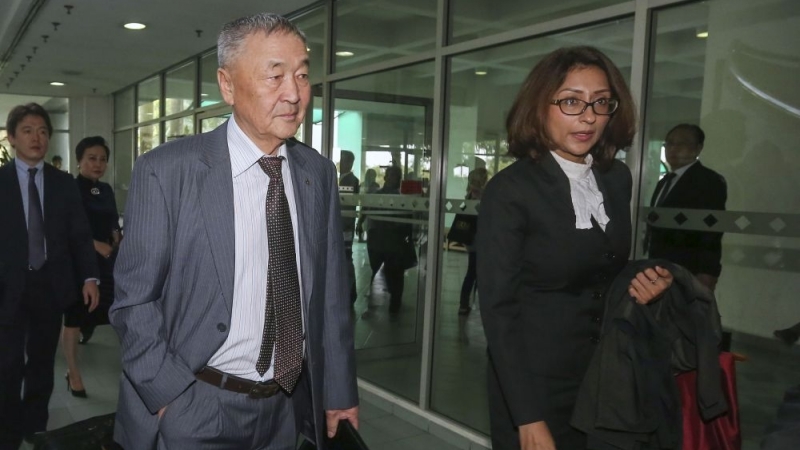
Malaysia May Reopen Mongolia Murder Case as Najib Vows Innocence www.bloombergquint.com
(Bloomberg) -- Malaysia’s top prosecutor will look into reopening the case of a murdered Mongolian woman allegedly linked to former premier Najib Razak, as the victim’s father says he’s pinning his hopes on the country’s new government to find justice. Two former police guards for Najib had been convicted of the 2006 murder of Altantuya Shaariibuu. “Everybody knew that it just did not make sense for the two of them to be solely culpable,” Attorney-General Tommy Thomas said in a Friday interview. “So we knew that the story was incomplete.”
The courts that sentenced the two men to death had grappled with their lack of motive, while Azilah’s recent statement indicates there may in fact be a reason for the murder, Thomas said. “It’s more for the police to investigate and we will look into it,” he said, when asked if he will reopen the case. One of the convicted men, Azilah Hadri, is seeking a retrial after penning a sworn statement accusing the former prime minister of ordering him to covertly arrest and destroy her because she was a foreign spy and a threat to national security. Najib has denied any involvement. On Friday, he made a religious oath that he didn’t give the order and had never met her.
Death Penalty
The prosecutor’s stance will be a relief to Shaariibuu Setev, who has spent more than a decade seeking closure over his daughter’s death. He is campaigning for Malaysia to commute the men’s sentences via a plea deal so that Australia, where one of the men had fled to seek asylum from the death penalty, would agree to bring them together to tell what he says could be the true story behind the murder.
Shaariibuu said he doesn’t wish the death penalty on them. “Executing these officers is an awkward way to eliminate evidence,” he said in an interview in Ulaanbaatar on Oct. 3. Australia’s Department of Home Affairs declined to comment on individual cases in an email on Nov. 15. Altantuya was a linguist who spoke Russian and Chinese, as she grew up studying in Russia and Mongolia, before traveling to China to study economics, Shaariibuu said. Witnesses in the murder trial in 2007 said Altantuya worked as a translator and was privy to the government’s purchase of Scorpene-class submarines, which is now the subject of investigations by the Malaysian Anti-Corruption Commission and French authorities.
Civil Suit Altantuya died in Malaysia after being led to a secluded spot in the jungle by the two convicted men. Police reports show she was shot and then blown up using C-4 explosives, which her father believes was used to hide evidence, he said in the interview. Najib’s former adviser Abdul Razak Baginda, who admitted to an affair with her, was acquitted of abetting the killing due to lack of evidence.
Shaariibuu has filed a civil suit against Malaysia to seek damages for her family. That’s proving difficult as local courts refused to use evidence presented in the criminal trial for the civil case, requiring him to seek funds to fly in witnesses from Mongolia, the U.S. and Australia to testify. A retired university teacher, he has sought donations to help pay for his legal fees and the costs of reconstructing evidence presented in the criminal case. “It’s up to Malaysia to resolve this,” Shaariibuu said. “It’s their reputation, and the reputation of their court system.”
...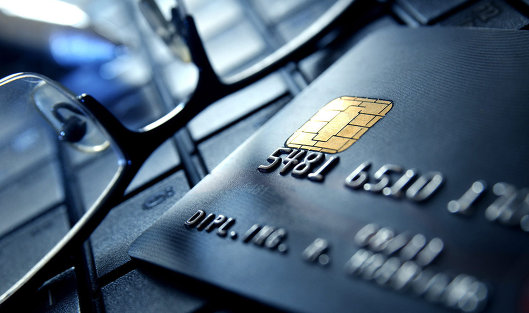
Belarus' Development Bank to finance Belarusian export to Mongolia www.eng.belta.by
MINSK, 23 December (BelTA) – The Development Bank of the Republic of Belarus (DBRB) will grant Mongolia an export loan to purchase Belarusian fire-fighting equipment and vehicles. The relevant export loan agreement between the DBRB and the Ministry of Finance of Mongolia was signed in Ulaanbaatar, BelTA learned from the DBRB. Under the agreement, the DBRB will give an export loan to supply fire equipment and vehicles made by Belarus' Pozhsnab company to the National Emergency Management Agency of Mongolia. “This is the first individual loan agreement as part of the general export loan agreement signed by the governments of Belarus and Mongolia in April 2019. It is designed to enhance trade relations between Belarusian and Mongolian enterprises,” the DBRB noted. The DBRB is implementing an export promotion program and aims to help Belarusian exporters get access to new markets and make export loans affordable for private business, DBRB Deputy Chairman of the Board Ivan Varenitsa noted. “This loan agreement is the result of effective interaction between the two countries and we hope to maintain fruitful cooperation in the future,” Ivan Varenitsa stressed.
...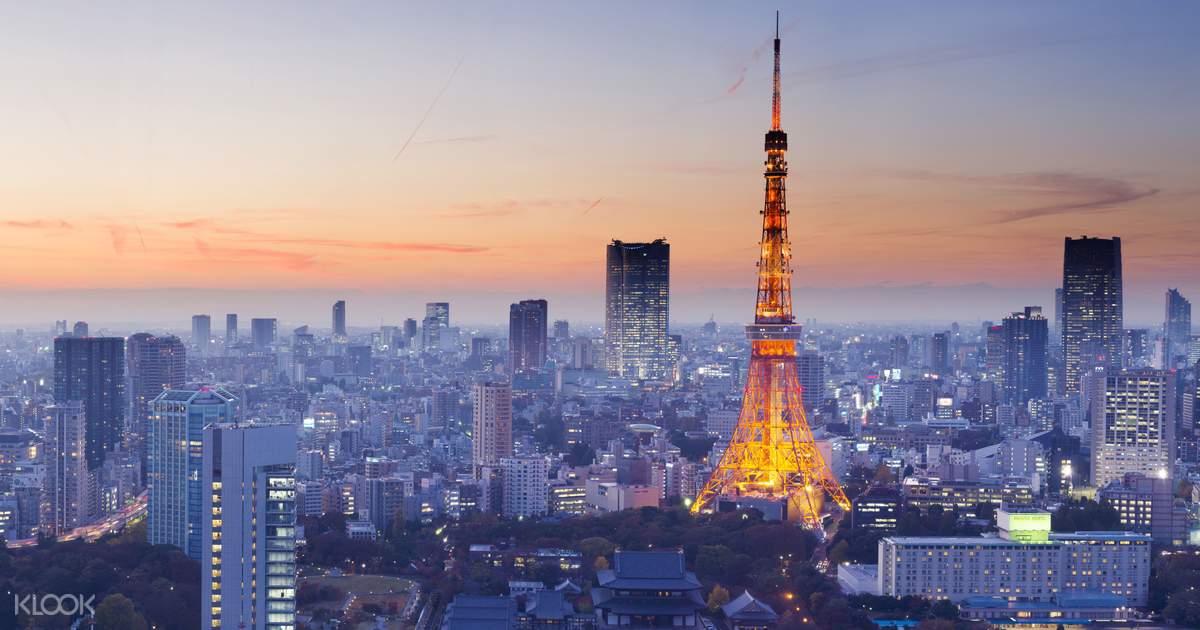
Invest in Mongolia 2019 takes place in Tokyo www.montsame.mn
Ulaanbaatar /MONTSAME/ On December 20, ‘Invest in Mongolia 2019’ Mongolia-Japan Business Forum was held in Tokyo, Japan.
The National Development Agency of Mongolia organized the forum in partnership with the Ministry of Economy, Trade and Industry of Japan, the Japan External Trade Organization (JETRO), Japan’s Small and Medium Enterprise Agency, the Mongolian Ministry of Food, Agriculture and Light Industry, the Embassy of Mongolia in Japan, SME Development Fund and Export International Trade Center.
Some 20 officials and more than 20 business representatives took part in the forum from Mongolian side while over 200 officials and business delegation participated from the side of Japan.
Delegation of the sectors such as food and light industry, health, beauty products manufacturing, leather products, handicraft, IT, wool and cashmere, foreign trade, tourism and consulting service presented their products and services at the forum.
Head of the National Development Agency B.Bayarsaikhan delivered a presentation under the topic ‘Mongolia’s development policy, investment climate’ while Head of Policy and Planning Department of MFALI M.Enkh-Amar gave a presentation ‘Opportunities in the food, agriculture and light industry sectors of Mongolia’ and Head of Sectoral Development Policy Coordination Department of NDA D.Erdenebayar under the topic ‘SME unified database’ respectively.

Sample collection from Asgat silver deposit wraps up www.montsame.mn
Bayan-Ulgii /MONTSAME/. Upon the Government resolution to transfer the special license for the Asgat silver deposit to the full ownership of Erdenes Mongol LLC state owned company and put under economic circulation, Mongolian emergency rescue officers and Asgat Kent Company worked at the deposit to open the deposit and collect technological sampling from November 1 to December 18.
As the deposit remained untouched for a long period of time, the local company of Asgat Kent did not have the sufficient capacity to rebuild the road to the deposit, collect sample for laboratory tests and open the mine shaft on its own. “Therefore, emergency rescue miners of the Emergency Management Agency of Mongolia worked together at the Asgat deposit with us” said director of Asgat Kent Company Kh.Muratai.
A total of 20 tons of sample was collected from a level of 250-meter below the ground in the deposit at 270-meter underground. The sample will be sent for laboratory tests, results of which will be followed by next stages of talks with potential investors.
Exploration and geological survey on the Asgat Silver Deposit located in Nogoonnur soum of Bayan-Ulgii aimag in the western region of Mongolia were first made in 1953 to continue until 1990. The study concluded its silver deposit at 7369.8 tons and copper and other mixed metal minerals at 227,436 tons.
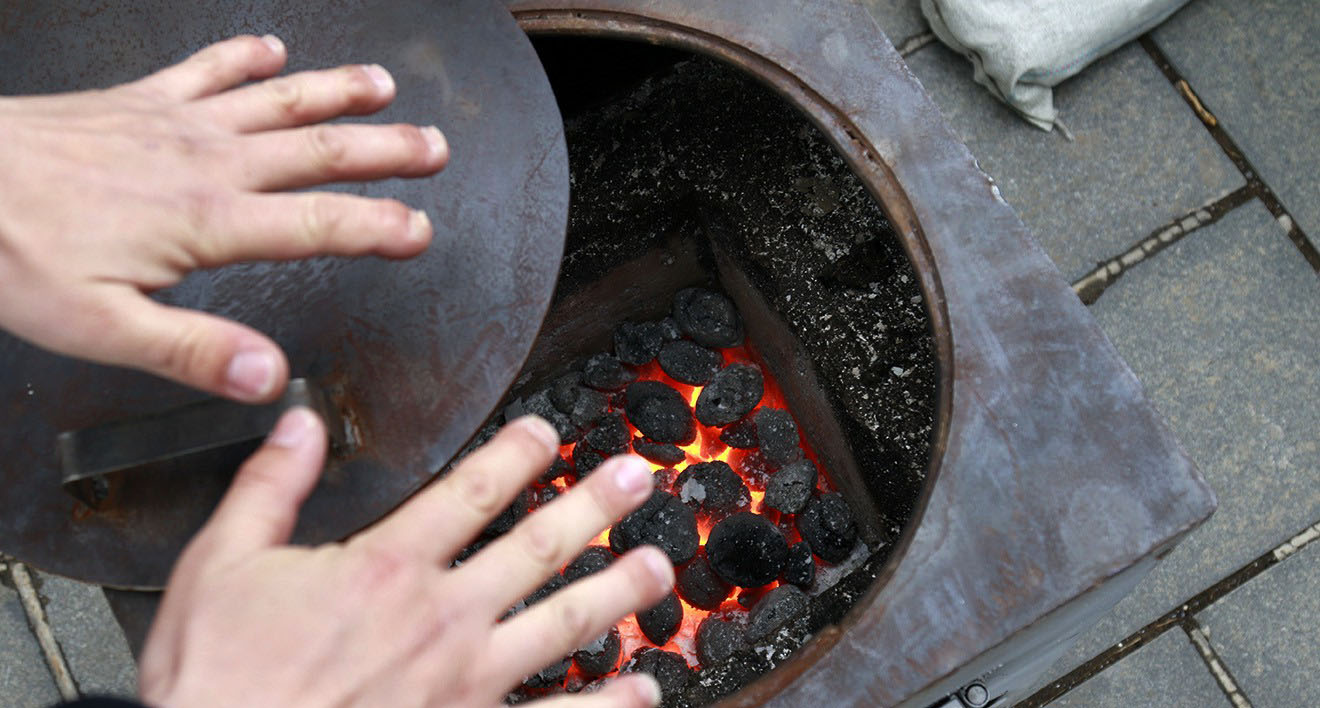
Cutting air pollution: VAT exemption for briquettes www.news.mn
Ulaanbaatar is one of the most air-polluted cities of the world. This year, the government introduced a ban on burning coal in the Mongolian capital where the winter temperature falls to as low as -40 Celsius. In the light of the ban, the government has put an alternative product on the market made from semi-coke, a by-product of coal. While more expensive, these fuel-efficient briquettes are said to burn twice as long and emit far fewer fumes. The government has ruled that a ton of coal briquettes would be cost MNT 150,000. However, the coal briquettes currently have been selling for MNT 165,000 per ton; this is due to value added tax. As a result, the Tavan Tolgoi Company has requested the cabinet to exempt coal briquettes from VAT. There is currently public dissatisfaction over the shortage of coal briquettes in Ulaanbaatar.
In March, the Mongolian government decided to totally ban the use of raw coal. Smoke from the shantytown ger districts, where over 220,000 families live, has long been identified as the main culprit of Ulaanbaatar’s chronic air-pollution. Domestic offenders of the ban have been fined 300,000 tugriks (USD 113), while enterprises have been fined 3 million tugriks (USD 1,134). As of today, a total of 36 violations of burning raw coal have been reported in the Mongolian capital.
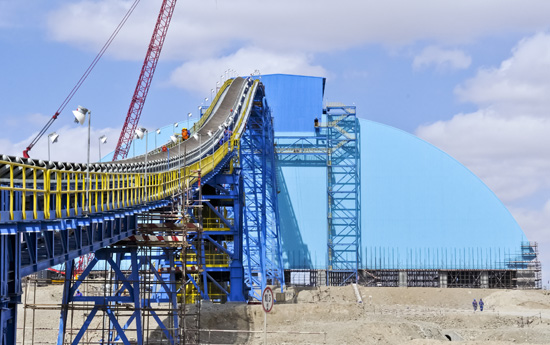
Mining company constructs kindergarten in South Gobi www.news.mn
A new kindergarten, which can take 100 children, has been opened in the Manla Soum in Mongolia’s South Gobi (Umnugobi) Province. The construction of the kindergarten has been fully financed by the Gobi Oyu Development Support Fund (DSF), sponsored by Oyu Tolgoi LLC. This is the fifth kindergarten building financed by the foundation.
The foundation has invested MNT 1.5 billion for the construction of the kindergarten and MNT 165 million for furniture, toys and other types of equipment.
In 2015, the Oyu Tolgoi LLC established a cooperation agreement with its partner communities – composed of South Gobi province aimed at working together towards sustainable development in important areas such as water, environment, pastureland management, cultural heritage, tourism, local business development and procurement. Under the agreement, Oyu Tolgoi makes a contribution of USD 5 million every year to the foundation, established in 2015.
- «
- 1
- 2
- 3
- 4
- 5
- 6
- 7
- 8
- 9
- 10
- 11
- 12
- 13
- 14
- 15
- 16
- 17
- 18
- 19
- 20
- 21
- 22
- 23
- 24
- 25
- 26
- 27
- 28
- 29
- 30
- 31
- 32
- 33
- 34
- 35
- 36
- 37
- 38
- 39
- 40
- 41
- 42
- 43
- 44
- 45
- 46
- 47
- 48
- 49
- 50
- 51
- 52
- 53
- 54
- 55
- 56
- 57
- 58
- 59
- 60
- 61
- 62
- 63
- 64
- 65
- 66
- 67
- 68
- 69
- 70
- 71
- 72
- 73
- 74
- 75
- 76
- 77
- 78
- 79
- 80
- 81
- 82
- 83
- 84
- 85
- 86
- 87
- 88
- 89
- 90
- 91
- 92
- 93
- 94
- 95
- 96
- 97
- 98
- 99
- 100
- 101
- 102
- 103
- 104
- 105
- 106
- 107
- 108
- 109
- 110
- 111
- 112
- 113
- 114
- 115
- 116
- 117
- 118
- 119
- 120
- 121
- 122
- 123
- 124
- 125
- 126
- 127
- 128
- 129
- 130
- 131
- 132
- 133
- 134
- 135
- 136
- 137
- 138
- 139
- 140
- 141
- 142
- 143
- 144
- 145
- 146
- 147
- 148
- 149
- 150
- 151
- 152
- 153
- 154
- 155
- 156
- 157
- 158
- 159
- 160
- 161
- 162
- 163
- 164
- 165
- 166
- 167
- 168
- 169
- 170
- 171
- 172
- 173
- 174
- 175
- 176
- 177
- 178
- 179
- 180
- 181
- 182
- 183
- 184
- 185
- 186
- 187
- 188
- 189
- 190
- 191
- 192
- 193
- 194
- 195
- 196
- 197
- 198
- 199
- 200
- 201
- 202
- 203
- 204
- 205
- 206
- 207
- 208
- 209
- 210
- 211
- 212
- 213
- 214
- 215
- 216
- 217
- 218
- 219
- 220
- 221
- 222
- 223
- 224
- 225
- 226
- 227
- 228
- 229
- 230
- 231
- 232
- 233
- 234
- 235
- 236
- 237
- 238
- 239
- 240
- 241
- 242
- 243
- 244
- 245
- 246
- 247
- 248
- 249
- 250
- 251
- 252
- 253
- 254
- 255
- 256
- 257
- 258
- 259
- 260
- 261
- 262
- 263
- 264
- 265
- 266
- 267
- 268
- 269
- 270
- 271
- 272
- 273
- 274
- 275
- 276
- 277
- 278
- 279
- 280
- 281
- 282
- 283
- 284
- 285
- 286
- 287
- 288
- 289
- 290
- 291
- 292
- 293
- 294
- 295
- 296
- 297
- 298
- 299
- 300
- 301
- 302
- 303
- 304
- 305
- 306
- 307
- 308
- 309
- 310
- 311
- 312
- 313
- 314
- 315
- 316
- 317
- 318
- 319
- 320
- 321
- 322
- 323
- 324
- 325
- 326
- 327
- 328
- 329
- 330
- 331
- 332
- 333
- 334
- 335
- 336
- 337
- 338
- 339
- 340
- 341
- 342
- 343
- 344
- 345
- 346
- 347
- 348
- 349
- 350
- 351
- 352
- 353
- 354
- 355
- 356
- 357
- 358
- 359
- 360
- 361
- 362
- 363
- 364
- 365
- 366
- 367
- 368
- 369
- 370
- 371
- 372
- 373
- 374
- 375
- 376
- 377
- 378
- 379
- 380
- 381
- 382
- 383
- 384
- 385
- 386
- 387
- 388
- 389
- 390
- 391
- 392
- 393
- 394
- 395
- 396
- 397
- 398
- 399
- 400
- 401
- 402
- 403
- 404
- 405
- 406
- 407
- 408
- 409
- 410
- 411
- 412
- 413
- 414
- 415
- 416
- 417
- 418
- 419
- 420
- 421
- 422
- 423
- 424
- 425
- 426
- 427
- 428
- 429
- 430
- 431
- 432
- 433
- 434
- 435
- 436
- 437
- 438
- 439
- 440
- 441
- 442
- 443
- 444
- 445
- 446
- 447
- 448
- 449
- 450
- 451
- 452
- 453
- 454
- 455
- 456
- 457
- 458
- 459
- 460
- 461
- 462
- 463
- 464
- 465
- 466
- 467
- 468
- 469
- 470
- 471
- 472
- 473
- 474
- 475
- 476
- 477
- 478
- 479
- 480
- 481
- 482
- 483
- 484
- 485
- 486
- 487
- 488
- 489
- 490
- 491
- 492
- 493
- 494
- 495
- 496
- 497
- 498
- 499
- 500
- 501
- 502
- 503
- 504
- 505
- 506
- 507
- 508
- 509
- 510
- 511
- 512
- 513
- 514
- 515
- 516
- 517
- 518
- 519
- 520
- 521
- 522
- 523
- 524
- 525
- 526
- 527
- 528
- 529
- 530
- 531
- 532
- 533
- 534
- 535
- 536
- 537
- 538
- 539
- 540
- 541
- 542
- 543
- 544
- 545
- 546
- 547
- 548
- 549
- 550
- 551
- 552
- 553
- 554
- 555
- 556
- 557
- 558
- 559
- 560
- 561
- 562
- 563
- 564
- 565
- 566
- 567
- 568
- 569
- 570
- 571
- 572
- 573
- 574
- 575
- 576
- 577
- 578
- 579
- 580
- 581
- 582
- 583
- 584
- 585
- 586
- 587
- 588
- 589
- 590
- 591
- 592
- 593
- 594
- 595
- 596
- 597
- 598
- 599
- 600
- 601
- 602
- 603
- 604
- 605
- 606
- 607
- 608
- 609
- 610
- 611
- 612
- 613
- 614
- 615
- 616
- 617
- 618
- 619
- 620
- 621
- 622
- 623
- 624
- 625
- 626
- 627
- 628
- 629
- 630
- 631
- 632
- 633
- 634
- 635
- 636
- 637
- 638
- 639
- 640
- 641
- 642
- 643
- 644
- 645
- 646
- 647
- 648
- 649
- 650
- 651
- 652
- 653
- 654
- 655
- 656
- 657
- 658
- 659
- 660
- 661
- 662
- 663
- 664
- 665
- 666
- 667
- 668
- 669
- 670
- 671
- 672
- 673
- 674
- 675
- 676
- 677
- 678
- 679
- 680
- 681
- 682
- 683
- 684
- 685
- 686
- 687
- 688
- 689
- 690
- 691
- 692
- 693
- 694
- 695
- 696
- 697
- 698
- 699
- 700
- 701
- 702
- 703
- 704
- 705
- 706
- 707
- 708
- 709
- 710
- 711
- 712
- 713
- 714
- 715
- 716
- 717
- 718
- 719
- 720
- 721
- 722
- 723
- 724
- 725
- 726
- 727
- 728
- 729
- 730
- 731
- 732
- 733
- 734
- 735
- 736
- 737
- 738
- 739
- 740
- 741
- 742
- 743
- 744
- 745
- 746
- 747
- 748
- 749
- 750
- 751
- 752
- 753
- 754
- 755
- 756
- 757
- 758
- 759
- 760
- 761
- 762
- 763
- 764
- 765
- 766
- 767
- 768
- 769
- 770
- 771
- 772
- 773
- 774
- 775
- 776
- 777
- 778
- 779
- 780
- 781
- 782
- 783
- 784
- 785
- 786
- 787
- 788
- 789
- 790
- 791
- 792
- 793
- 794
- 795
- 796
- 797
- 798
- 799
- 800
- 801
- 802
- 803
- 804
- 805
- 806
- 807
- 808
- 809
- 810
- 811
- 812
- 813
- 814
- 815
- 816
- 817
- 818
- 819
- 820
- 821
- 822
- 823
- 824
- 825
- 826
- 827
- 828
- 829
- 830
- 831
- 832
- 833
- 834
- 835
- 836
- 837
- 838
- 839
- 840
- 841
- 842
- 843
- 844
- 845
- 846
- 847
- 848
- 849
- 850
- 851
- 852
- 853
- 854
- 855
- 856
- 857
- 858
- 859
- 860
- 861
- 862
- 863
- 864
- 865
- 866
- 867
- 868
- 869
- 870
- 871
- 872
- 873
- 874
- 875
- 876
- 877
- 878
- 879
- 880
- 881
- 882
- 883
- 884
- 885
- 886
- 887
- 888
- 889
- 890
- 891
- 892
- 893
- 894
- 895
- 896
- 897
- 898
- 899
- 900
- 901
- 902
- 903
- 904
- 905
- 906
- 907
- 908
- 909
- 910
- 911
- 912
- 913
- 914
- 915
- 916
- 917
- 918
- 919
- 920
- 921
- 922
- 923
- 924
- 925
- 926
- 927
- 928
- 929
- 930
- 931
- 932
- 933
- 934
- 935
- 936
- 937
- 938
- 939
- 940
- 941
- 942
- 943
- 944
- 945
- 946
- 947
- 948
- 949
- 950
- 951
- 952
- 953
- 954
- 955
- 956
- 957
- 958
- 959
- 960
- 961
- 962
- 963
- 964
- 965
- 966
- 967
- 968
- 969
- 970
- 971
- 972
- 973
- 974
- 975
- 976
- 977
- 978
- 979
- 980
- 981
- 982
- 983
- 984
- 985
- 986
- 987
- 988
- 989
- 990
- 991
- 992
- 993
- 994
- 995
- 996
- 997
- 998
- 999
- 1000
- 1001
- 1002
- 1003
- 1004
- 1005
- 1006
- 1007
- 1008
- 1009
- 1010
- 1011
- 1012
- 1013
- 1014
- 1015
- 1016
- 1017
- 1018
- 1019
- 1020
- 1021
- 1022
- 1023
- 1024
- 1025
- 1026
- 1027
- 1028
- 1029
- 1030
- 1031
- 1032
- 1033
- 1034
- 1035
- 1036
- 1037
- 1038
- 1039
- 1040
- 1041
- 1042
- 1043
- 1044
- 1045
- 1046
- 1047
- 1048
- 1049
- 1050
- 1051
- 1052
- 1053
- 1054
- 1055
- 1056
- 1057
- 1058
- 1059
- 1060
- 1061
- 1062
- 1063
- 1064
- 1065
- 1066
- 1067
- 1068
- 1069
- 1070
- 1071
- 1072
- 1073
- 1074
- 1075
- 1076
- 1077
- 1078
- 1079
- 1080
- 1081
- 1082
- 1083
- 1084
- 1085
- 1086
- 1087
- 1088
- 1089
- 1090
- 1091
- 1092
- 1093
- 1094
- 1095
- 1096
- 1097
- 1098
- 1099
- 1100
- 1101
- 1102
- 1103
- 1104
- 1105
- 1106
- 1107
- 1108
- 1109
- 1110
- 1111
- 1112
- 1113
- 1114
- 1115
- 1116
- 1117
- 1118
- 1119
- 1120
- 1121
- 1122
- 1123
- 1124
- 1125
- 1126
- 1127
- 1128
- 1129
- 1130
- 1131
- 1132
- 1133
- 1134
- 1135
- 1136
- 1137
- 1138
- 1139
- 1140
- 1141
- 1142
- 1143
- 1144
- 1145
- 1146
- 1147
- 1148
- 1149
- 1150
- 1151
- 1152
- 1153
- 1154
- 1155
- 1156
- 1157
- 1158
- 1159
- 1160
- 1161
- 1162
- 1163
- 1164
- 1165
- 1166
- 1167
- 1168
- 1169
- 1170
- 1171
- 1172
- 1173
- 1174
- 1175
- 1176
- 1177
- 1178
- 1179
- 1180
- 1181
- 1182
- 1183
- 1184
- 1185
- 1186
- 1187
- 1188
- 1189
- 1190
- 1191
- 1192
- 1193
- 1194
- 1195
- 1196
- 1197
- 1198
- 1199
- 1200
- 1201
- 1202
- 1203
- 1204
- 1205
- 1206
- 1207
- 1208
- 1209
- 1210
- 1211
- 1212
- 1213
- 1214
- 1215
- 1216
- 1217
- 1218
- 1219
- 1220
- 1221
- 1222
- 1223
- 1224
- 1225
- 1226
- 1227
- 1228
- 1229
- 1230
- 1231
- 1232
- 1233
- 1234
- 1235
- 1236
- 1237
- 1238
- 1239
- 1240
- 1241
- 1242
- 1243
- 1244
- 1245
- 1246
- 1247
- 1248
- 1249
- 1250
- 1251
- 1252
- 1253
- 1254
- 1255
- 1256
- 1257
- 1258
- 1259
- 1260
- 1261
- 1262
- 1263
- 1264
- 1265
- 1266
- 1267
- 1268
- 1269
- 1270
- 1271
- 1272
- 1273
- 1274
- 1275
- 1276
- 1277
- 1278
- 1279
- 1280
- 1281
- 1282
- 1283
- 1284
- 1285
- 1286
- 1287
- 1288
- 1289
- 1290
- 1291
- 1292
- 1293
- 1294
- 1295
- 1296
- 1297
- 1298
- 1299
- 1300
- 1301
- 1302
- 1303
- 1304
- 1305
- 1306
- 1307
- 1308
- 1309
- 1310
- 1311
- 1312
- 1313
- 1314
- 1315
- 1316
- 1317
- 1318
- 1319
- 1320
- 1321
- 1322
- 1323
- 1324
- 1325
- 1326
- 1327
- 1328
- 1329
- 1330
- 1331
- 1332
- 1333
- 1334
- 1335
- 1336
- 1337
- 1338
- 1339
- 1340
- 1341
- 1342
- 1343
- 1344
- 1345
- 1346
- 1347
- 1348
- 1349
- 1350
- 1351
- 1352
- 1353
- 1354
- 1355
- 1356
- 1357
- 1358
- 1359
- 1360
- 1361
- 1362
- 1363
- 1364
- 1365
- 1366
- 1367
- 1368
- 1369
- 1370
- 1371
- 1372
- 1373
- 1374
- 1375
- 1376
- 1377
- 1378
- 1379
- 1380
- 1381
- 1382
- 1383
- 1384
- 1385
- 1386
- 1387
- 1388
- 1389
- 1390
- 1391
- 1392
- 1393
- 1394
- 1395
- 1396
- 1397
- 1398
- 1399
- 1400
- 1401
- 1402
- 1403
- 1404
- 1405
- 1406
- 1407
- 1408
- 1409
- 1410
- 1411
- 1412
- 1413
- 1414
- 1415
- 1416
- 1417
- 1418
- 1419
- 1420
- 1421
- 1422
- 1423
- 1424
- 1425
- 1426
- 1427
- 1428
- 1429
- 1430
- 1431
- 1432
- 1433
- 1434
- 1435
- 1436
- 1437
- 1438
- 1439
- 1440
- 1441
- 1442
- 1443
- 1444
- 1445
- 1446
- 1447
- 1448
- 1449
- 1450
- 1451
- 1452
- 1453
- 1454
- 1455
- 1456
- 1457
- 1458
- 1459
- 1460
- 1461
- 1462
- 1463
- 1464
- 1465
- 1466
- 1467
- 1468
- 1469
- 1470
- 1471
- 1472
- 1473
- 1474
- 1475
- 1476
- 1477
- 1478
- 1479
- 1480
- 1481
- 1482
- 1483
- 1484
- 1485
- 1486
- 1487
- 1488
- 1489
- 1490
- 1491
- 1492
- 1493
- 1494
- 1495
- 1496
- 1497
- 1498
- 1499
- 1500
- 1501
- 1502
- 1503
- 1504
- 1505
- 1506
- 1507
- 1508
- 1509
- 1510
- 1511
- 1512
- 1513
- 1514
- 1515
- 1516
- 1517
- 1518
- 1519
- 1520
- 1521
- 1522
- 1523
- 1524
- 1525
- 1526
- 1527
- 1528
- 1529
- 1530
- 1531
- 1532
- 1533
- 1534
- 1535
- 1536
- 1537
- 1538
- 1539
- 1540
- 1541
- 1542
- 1543
- 1544
- 1545
- 1546
- 1547
- 1548
- 1549
- 1550
- 1551
- 1552
- 1553
- 1554
- 1555
- 1556
- 1557
- 1558
- 1559
- 1560
- 1561
- 1562
- 1563
- 1564
- 1565
- 1566
- 1567
- 1568
- 1569
- 1570
- 1571
- 1572
- 1573
- 1574
- 1575
- 1576
- 1577
- 1578
- 1579
- 1580
- 1581
- 1582
- 1583
- 1584
- 1585
- 1586
- 1587
- 1588
- 1589
- 1590
- 1591
- 1592
- 1593
- 1594
- 1595
- 1596
- 1597
- 1598
- 1599
- 1600
- 1601
- 1602
- 1603
- 1604
- 1605
- 1606
- 1607
- 1608
- 1609
- 1610
- 1611
- 1612
- 1613
- 1614
- 1615
- 1616
- 1617
- 1618
- 1619
- 1620
- 1621
- 1622
- 1623
- 1624
- 1625
- 1626
- 1627
- 1628
- 1629
- 1630
- 1631
- 1632
- 1633
- 1634
- 1635
- 1636
- 1637
- 1638
- 1639
- 1640
- 1641
- 1642
- 1643
- 1644
- 1645
- 1646
- 1647
- 1648
- 1649
- 1650
- 1651
- 1652
- 1653
- 1654
- 1655
- 1656
- 1657
- 1658
- 1659
- 1660
- 1661
- 1662
- 1663
- 1664
- 1665
- 1666
- 1667
- 1668
- 1669
- 1670
- 1671
- 1672
- 1673
- 1674
- 1675
- 1676
- 1677
- 1678
- 1679
- 1680
- 1681
- 1682
- 1683
- 1684
- 1685
- 1686
- 1687
- »

